5 Ways To Keep Summer Annuals Beautiful
5 Ways To Keep Summer Annuals Beautiful
If you’ve planted annuals in your gardens or containers, know that there are specific ways to keep them beautiful and flowering for the rest of the summer. Here are 5 tips for making sure your annuals continue to perform, and what to do if they start to fade or die.
1. Keep the watering consistent and the soil evenly moist. If your garden bed, pots or boxes dry out in between watering sessions, the flowers will brown faster and the plants might even die. Hand water containers, but use a sprinkler or soaker hoses for gardens as hand-watering flower beds is never enough. When watering pots and boxes, fill them with water well, first making sure that the sun-heated water has run out of the hose before you apply it to the plants. (Sun heated water can kill your plants or cause significant damage to flowers and leaves.) After you’ve watered all your containers once, go back and do it again. This ensures that the entire rootball in a pot or box is evenly and well watered.
If your town has specific guidelines for how and when to water, of course you will need to follow those. But in general, water gardens deeply less often. Put a rain gauge in the area and see how long your sprinkler or irrigation takes to fill the gauge at least to 3/4 inch. Note that a carton, can, pail or other container does not measure inches of rain; only a calibrated rain gauge will accurately measure rainfall. Water your flower beds for as long as it takes to deliver 3/4 of an inch every five to seven days, depending on the temperatures. When plants are watered deeply they grow deep root systems that can last several days between irrigation sessions.
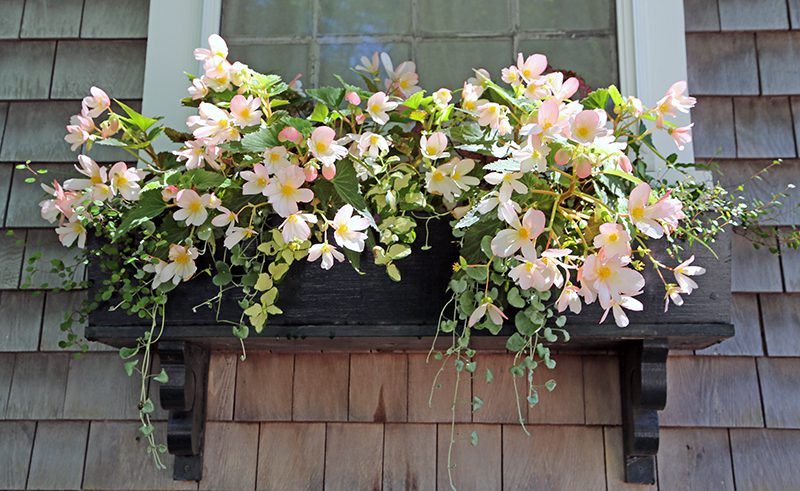
2. Deadhead flowers on annuals that make seeds. Deadheading is the process of clipping off the spent flowers and the developing seeds just underneath them. Since a plant’s mission is to create seeds for the future, if a plant has produced seeds it will frequently stop flowering. Common annuals that flower best when deadheaded include zinnias, ageratum, dahlias, marigolds, annual daisies (Argyranthemum), salvias, cosmos, zonal geraniums (Pelargoniums) and regular petunias. (The Superpetunias and Wave petunias do not need deadheading but do benefit from pruning – more about that below.) Scissors are useful for deadheading fine-stemmed annuals such as cosmos, but pruners are good for thicker-stemmed plants such as dahlias.
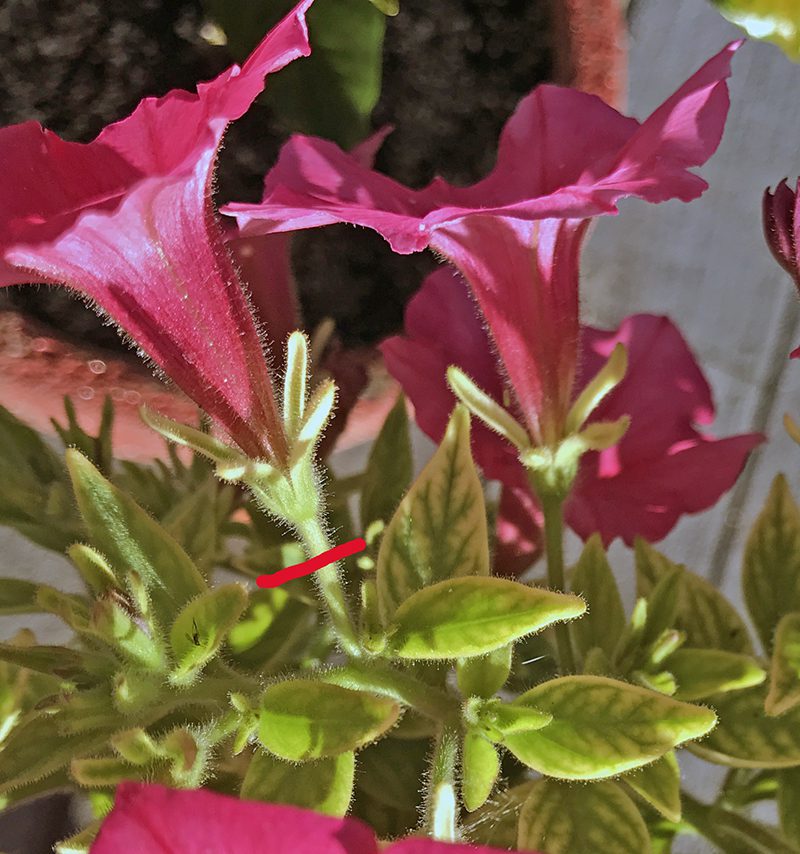
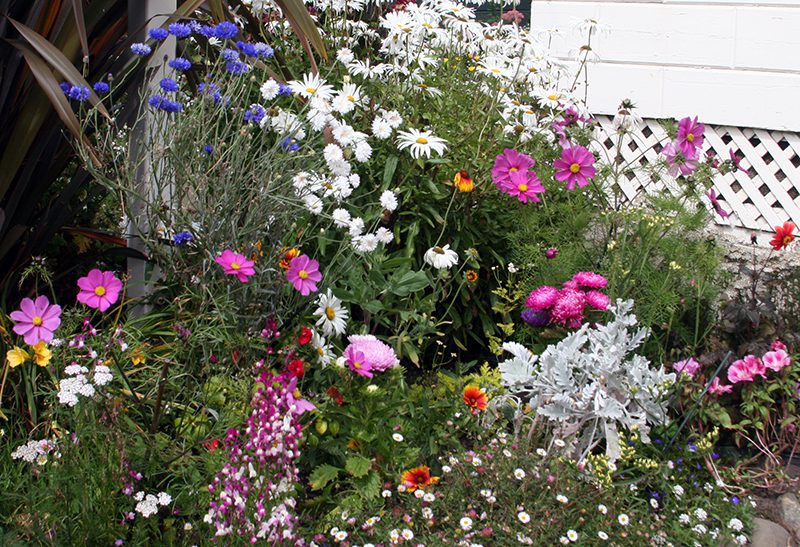
3. Prune the long stems regularly. Some annuals, such as the Wave petunias, Superpetunias and Scaevola produce flowers on the end of long, vine-like stems. In order to keep these more full, bushy and flower-covered, prune three stems back by half every week, starting right now. Yes, you’ll be cutting off some flowers (put them in a vase indoors) but you’ll also be stimulating new growth further back on the stems. If you don’t do this, you’ll end up with long, empty, green stems with flowers only at the end.
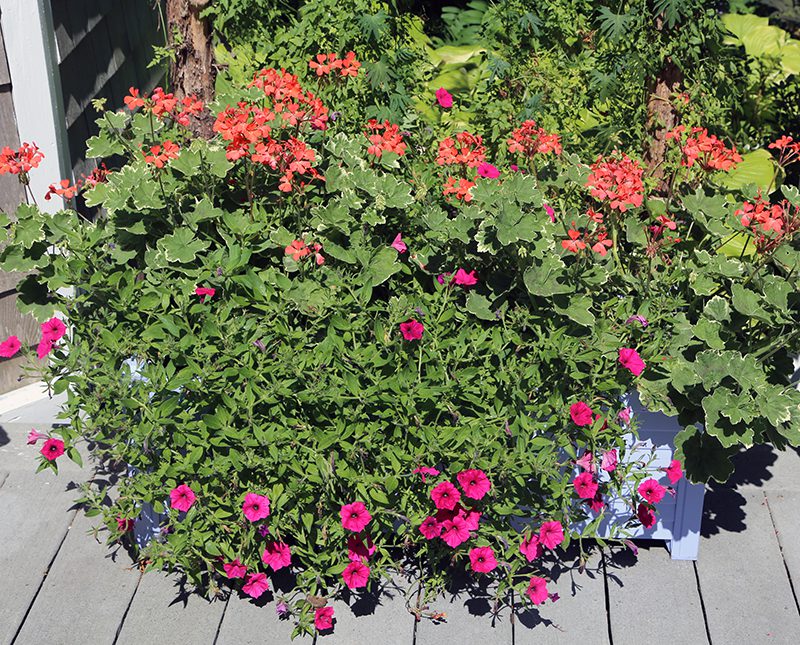
4. Annuals need fertilizer. Since annuals flower on new growth, it’s important to stimulate that throughout the summer. You can either apply a time-release fertilizer such as Osmocote or Shake N’ Feed, or use a liquid. If you’re feeding your annuals with a liquid synthetic fertilizer, make sure you’ve watered the plants well and they’ve had some time to hydrate before fertilizing. Never fertilize a thirsty plant.
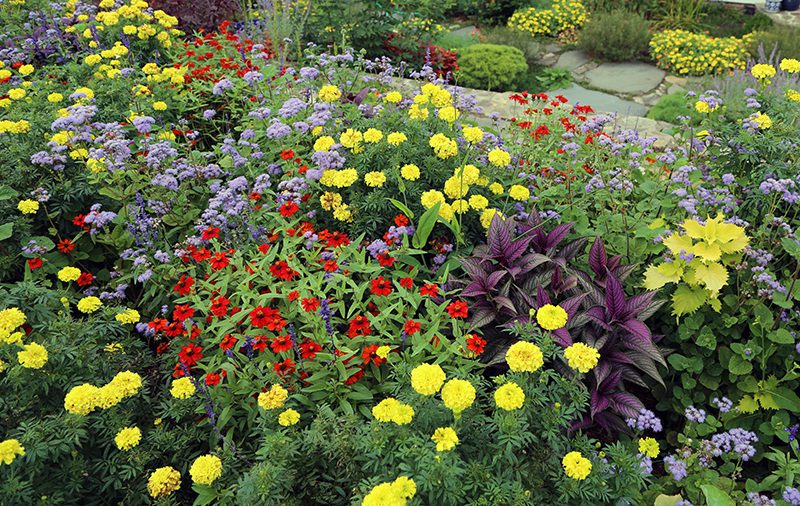
5. Know when it’s time to say goodbye. Whether they are in a pot, box, hanging basket or in the ground, if your annuals are no longer beautiful, it’s time to say goodbye. If there’s one annual in a container that looks bad, you might be able to just cut it out and let the other plants grow on without it. Or, you can also dig out the failed plant and replace it with a new annual. In gardens you can add annuals all summer, so don’t be discouraged by those that might have dried up or been eaten by critters. Plant something new! On Cape Cod, annuals will flower into October, so even if you replace a few flowering plants in July, they will make you smile for at least three more months.
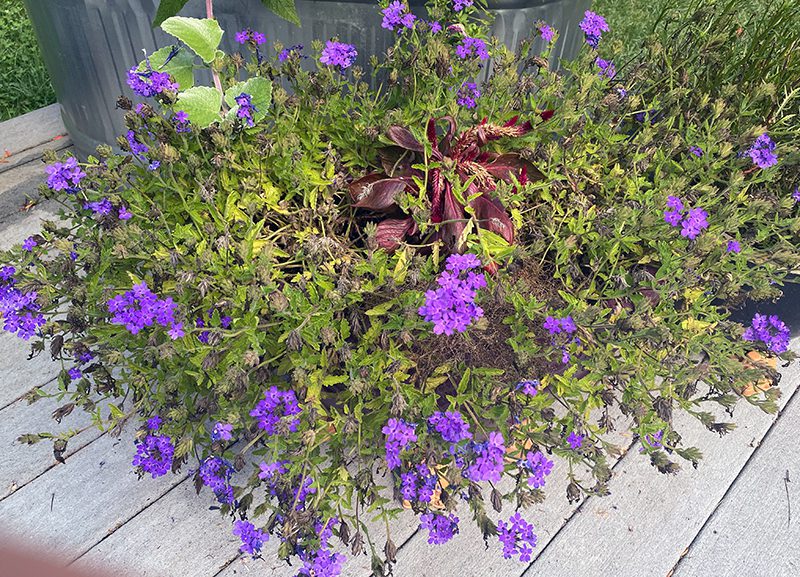
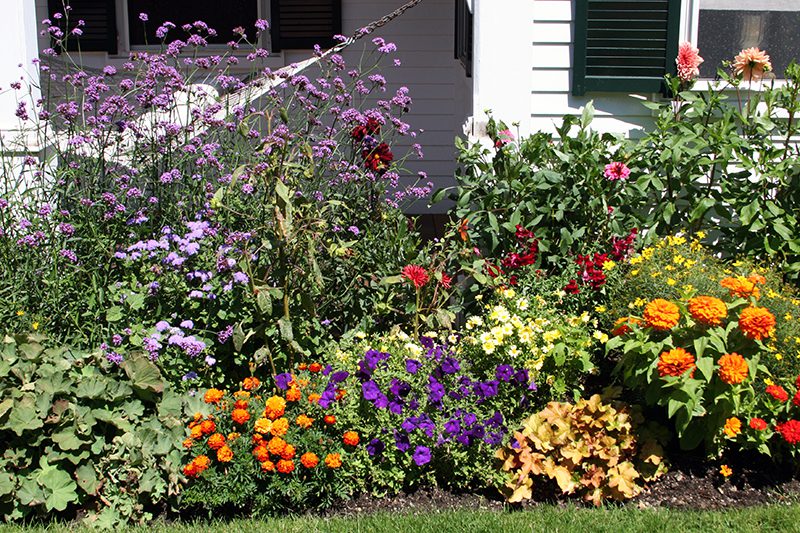
Subscribe To Our Newsletter
Sign up for our weekly email about sales and events.
